
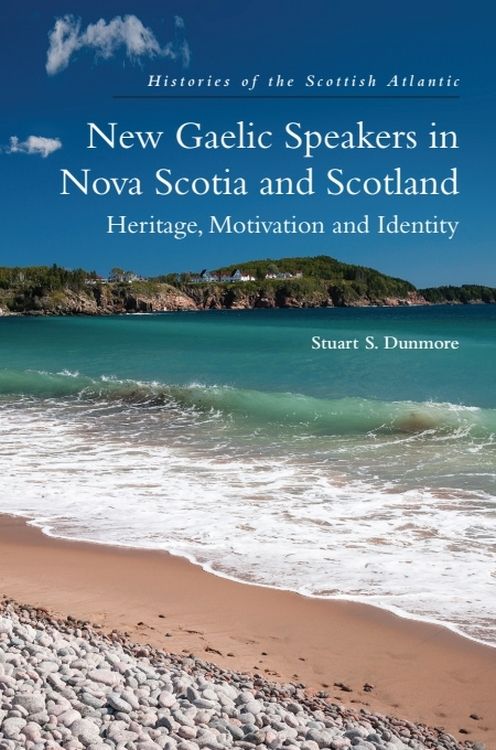
Stuart Dunmore is the author of New Gaelic Speakers in Nova Scotia and Scotland: Heritage, Motivation and Identity, a study of the motivations, practices and ethnolinguistic identities of new Gaelic speakers.
Tell us a bit about your book
My book draws on ethnographic research in Scotland and Canada with people who have learned Scottish Gaelic as a second language, and who now speak it frequently. ‘New’ speakers of this kind are a key demographic for future language revitalisation in both settings.
2022 census results showed 12,000 additional reported speakers in Scotland compared to the 2011 figures, although there are limitations in terms of what these figures actually tell us. My research sought to identify the reasons new speakers in Scotland and Nova Scotia had for learning Gaelic to fluency. These reasons were quite different in the two places, as were the various learning pathways that Canadian and Scottish participants reported following.
What inspired you to research this area?
I started learning Gaelic as a second language in my teens, and my mum had also taught me a smattering of words and phrases as a young child. So I remember being aware of the language growing up in a Scottish family in England. After studying the language formally as part of my degree in Linguistics, I did doctoral research on the effectiveness of Gaelic-medium education (in which children are immersed in the language from early childhood) for creating new speakers.
I became interested in other language learning activities that helped bring individuals to fluency in Gaelic, as well as the motivations that inspired these new speakers to embark on their language learning journey. Many of these motivations seemed to relate to learners’ social and cultural identities, and I became increasingly interested in this dimension of language learning.
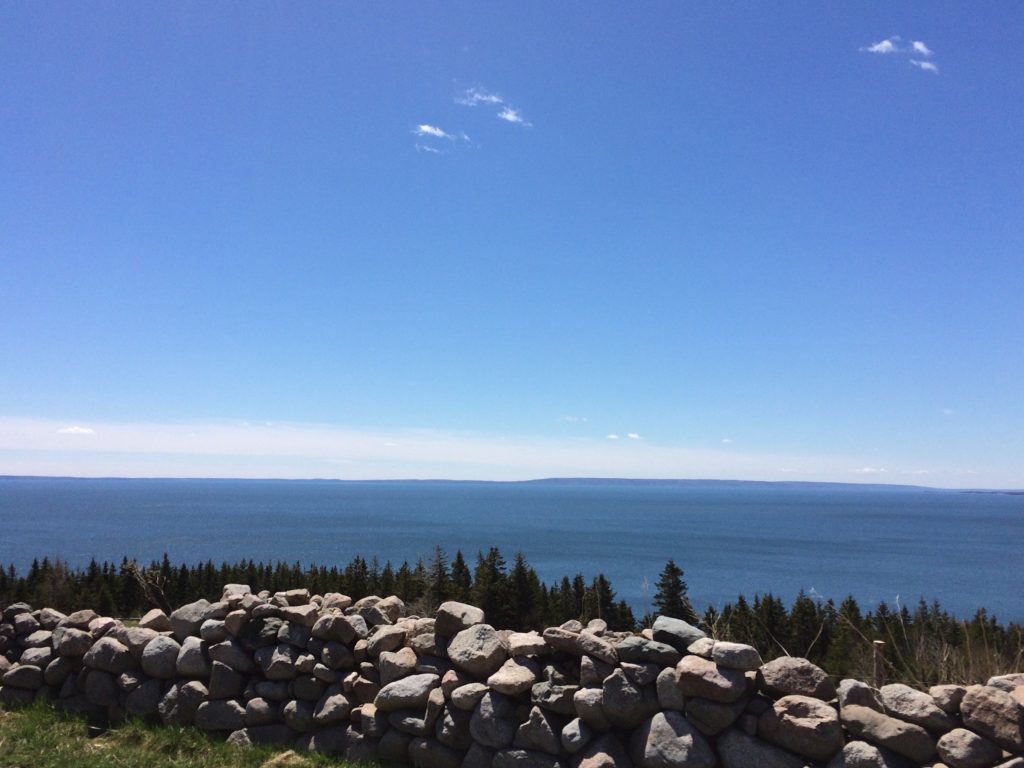
What was the most exciting thing about this project for you?
Meeting and chatting with other Gaelic speakers throughout Nova Scotia and Scotland was a real privilege and taught me a great deal about the nature of our communities today. The diversity of different approaches and learning strategies that people had taken to reach fluency was fascinating, whether immersing themselves in the idioms of older family members, undertaking Gaelic-medium or other school education, residential courses in youth and adulthood, or structured courses and degrees in the language.
The most exciting aspect of the work was uncovering what factors inspire people to learn and speak the language from day to day, in the face of compelling challenges. I was frequently struck by the energy of new Gaelic speakers in achieving fluency – and their desire to contribute something to traditional communities currently struggling to maintain the language and its culture.
Did you discover anything particularly strange or surprising?
I was surprised to discover how important Sabhal Mòr Ostaig (Scotland’s Gaelic college on the Isle of Skye) has been for educating new speakers of Gaelic, in both Scotland and Nova Scotia. I’d been aware of Sabhal Mòr’s significance for a long time, but was struck in interviews by how many Nova Scotian participants would attribute much of their progress in learning Gaelic to classes that they had taken in the college.
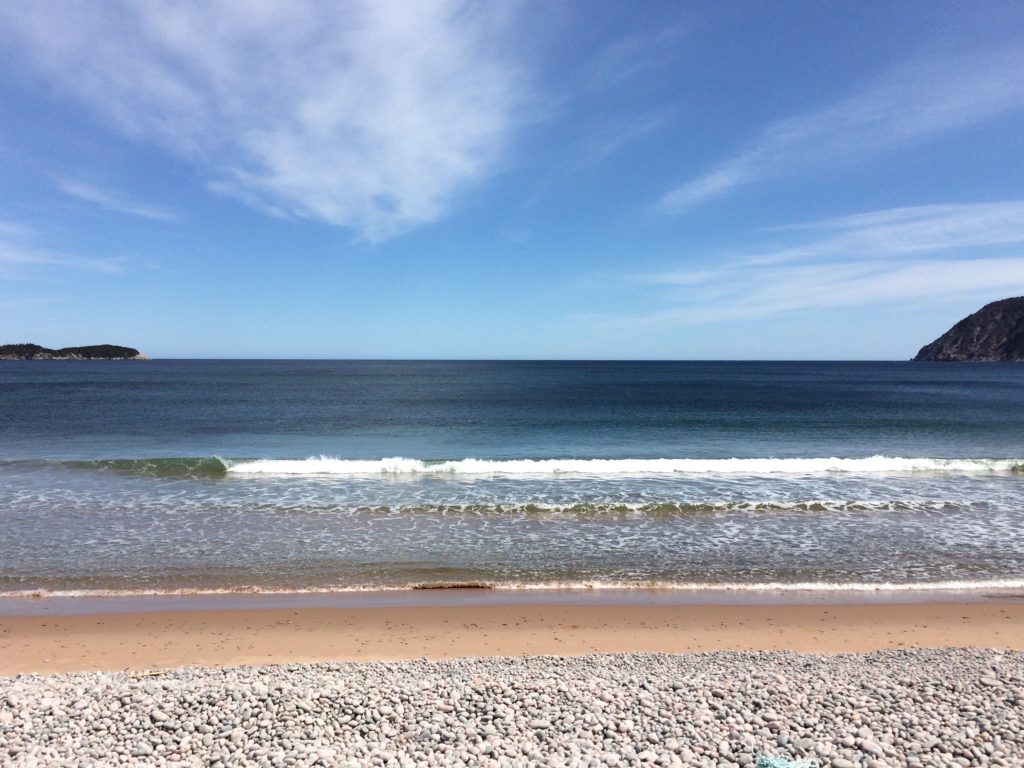
Did your research take you to any unexpected places or unusual situations?
During my second field trip to Nova Scotia, I was joined by my wife and (then) 6-month-old son on a road trip through Cape Breton Island. One day I was visiting a school while the two of them took a walk by a nearby lake. Everyone we met in Nova Scotia was lovely, and lots of folk would chat away to our little child. He would always smile broadly back, taking in every syllable and enjoying the lilting Maritime accents he heard.
That day at the school, my wife and son came to meet me in the reception area after my meetings. I gave my baby a hug and fastened him in the carrier on my chest (which was his favourite way to travel then!). One of the schoolchildren, a little Mi’kmaw girl (from the local Indigenous/First Nation community) caught his smiling eyes as I was fixing the straps of the carrier, and she wrapped her little arms around him – and me! – in a warm hug, without saying a word. I was so touched by her little gesture of welcome and greeting, and the baby was giggling with delight.
Has your research in this area changed the way you see the world today?
My research led me to apply to the Royal Society of Edinburgh for a Fulbright scholarship, which I was lucky enough to be awarded in 2020 (and eventually able to carry out after the pandemic). While I researched Cape Breton Gaelic connections in New England for this work, my wife, son and newly-arrived daughter joined me again, and we spent 3 months exploring Massachusetts together.
This adventure opened our eyes to new perspectives on the world in so many ways. I hope it helped to show my kids (now both in Gaelic-medium primary school) how diverse, multicultural and international our community is, and how much people have in common with each other all over the world.
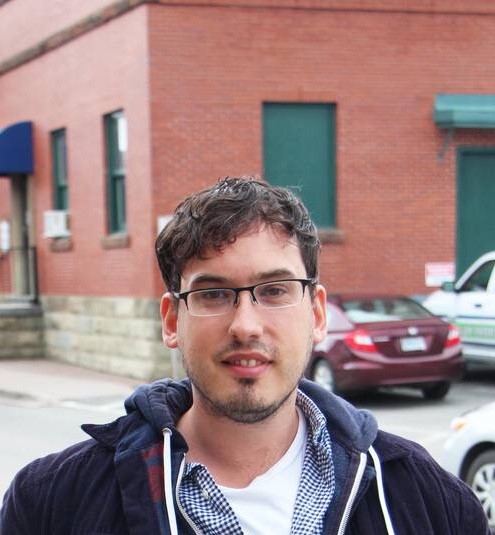
About the Author
Stuart Dunmore is associate tutor at the University of Edinburgh and associate researcher in the Language, Policy and Planning Research Unit at Cardiff University. A former British Academy postdoc at Edinburgh, he has published widely on Celtic sociolinguistics and was a Fulbright Scholar at Harvard in 2022.
Photo: Stuart in Antigonish / “Am Baile Mòr”, Nova Scotia.3
Explore related articles on the EUP Blog
Studies in Social Interaction with Steve Walsh and Olcay Sert
Why should we care about endangered languages?
Gaelic Poetry in 18th Century Highland History
“Wonderful, Rewarding & Harrowing” – Linguistic Fieldwork & Me: An Interview with Lyle Campbell

Image credits:


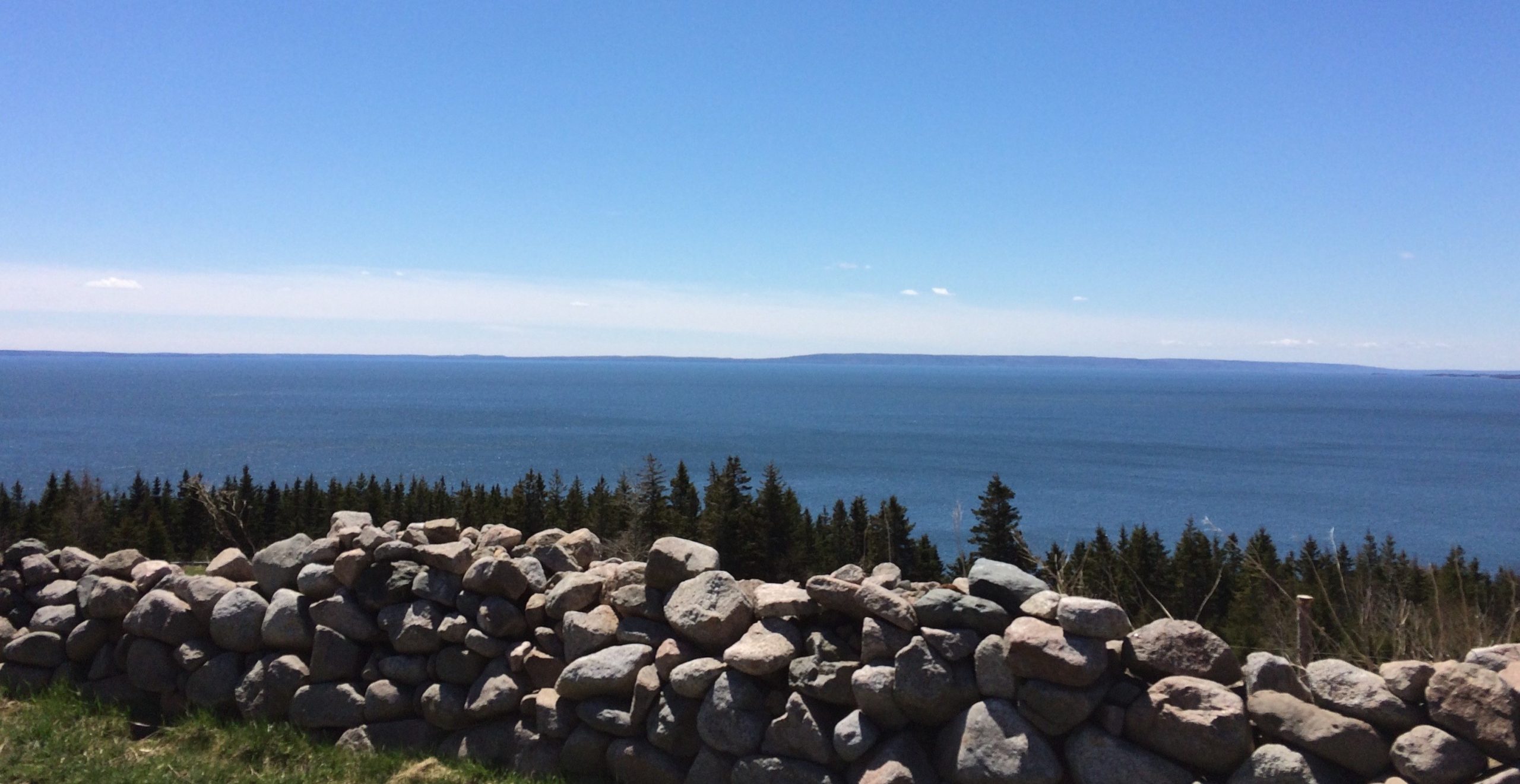


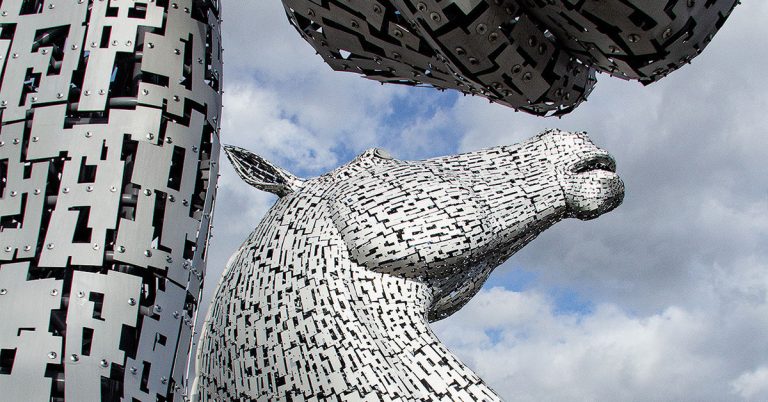
Such an interesting read